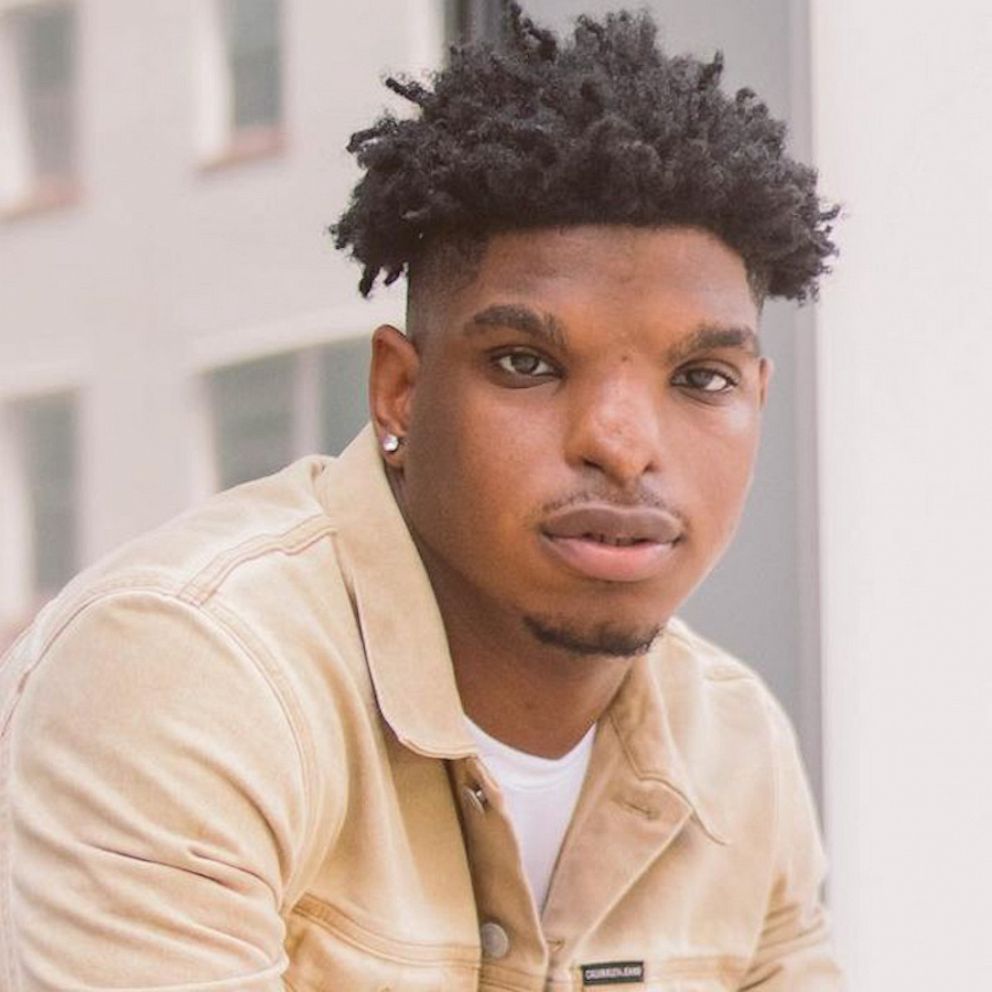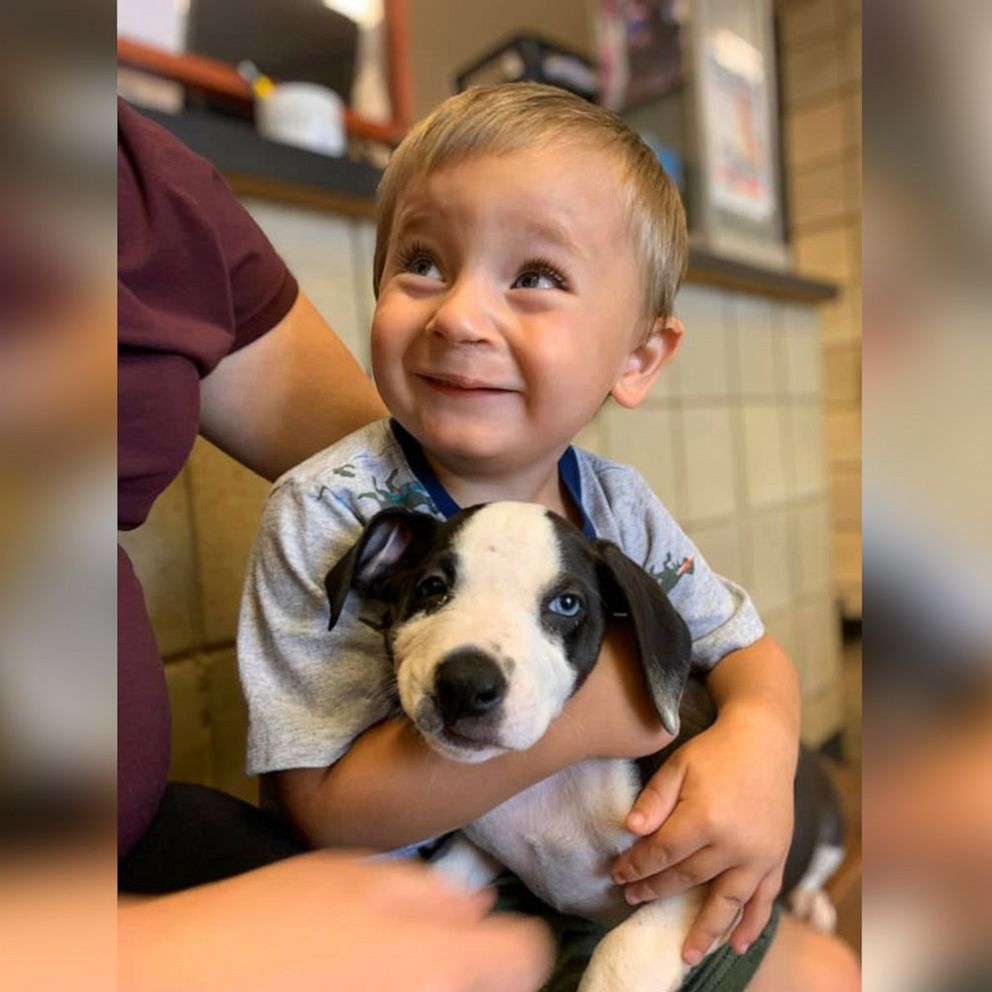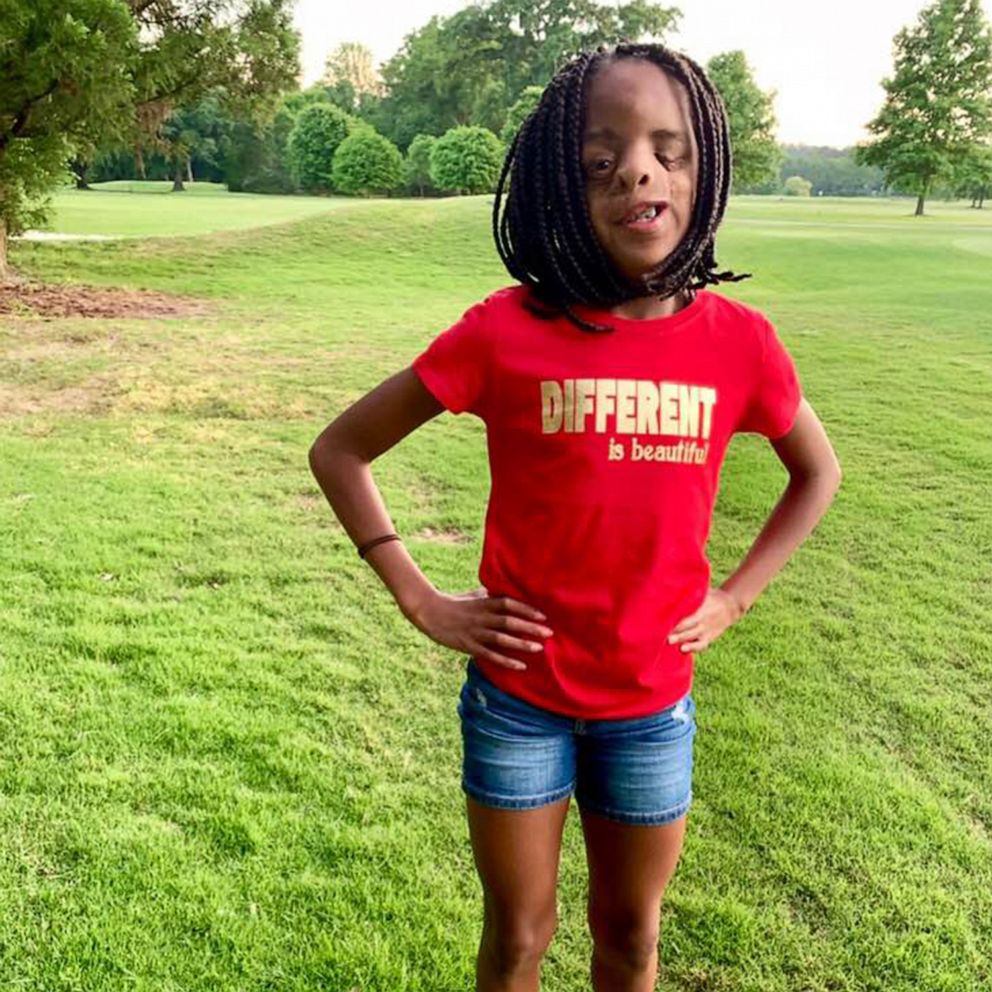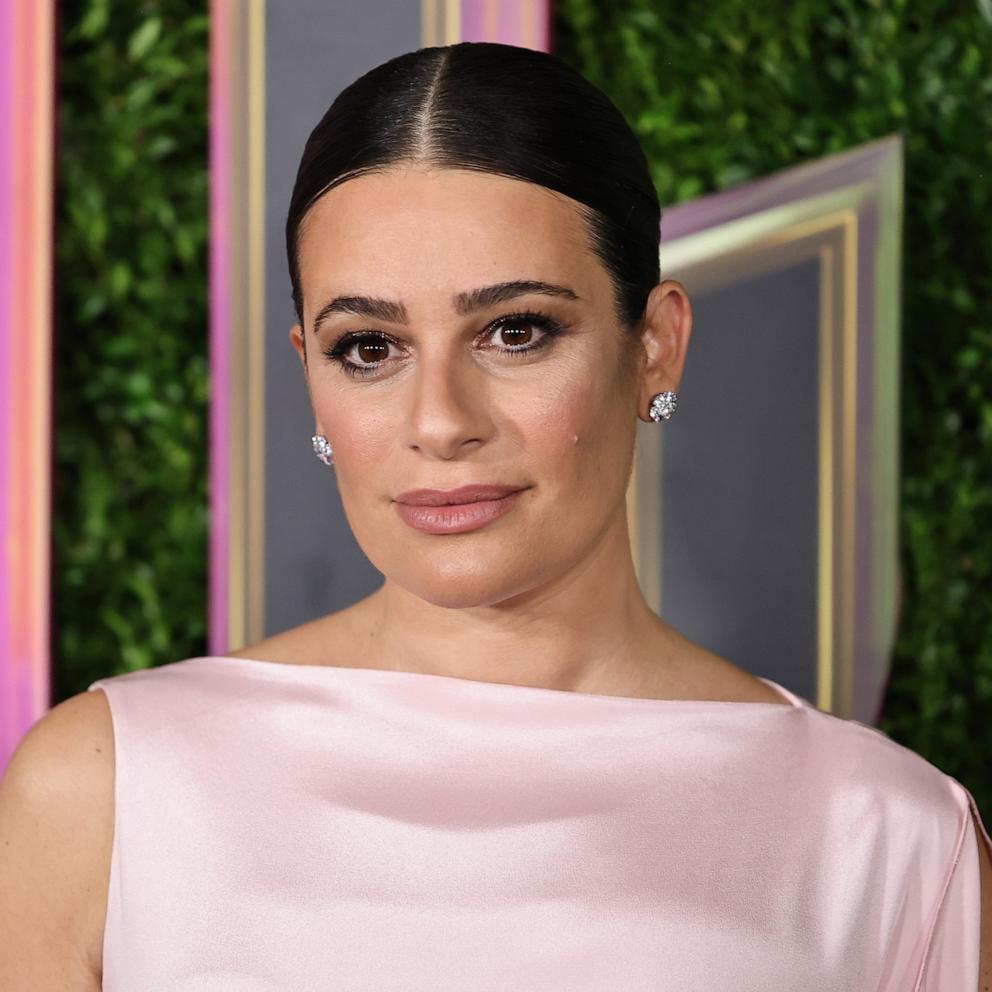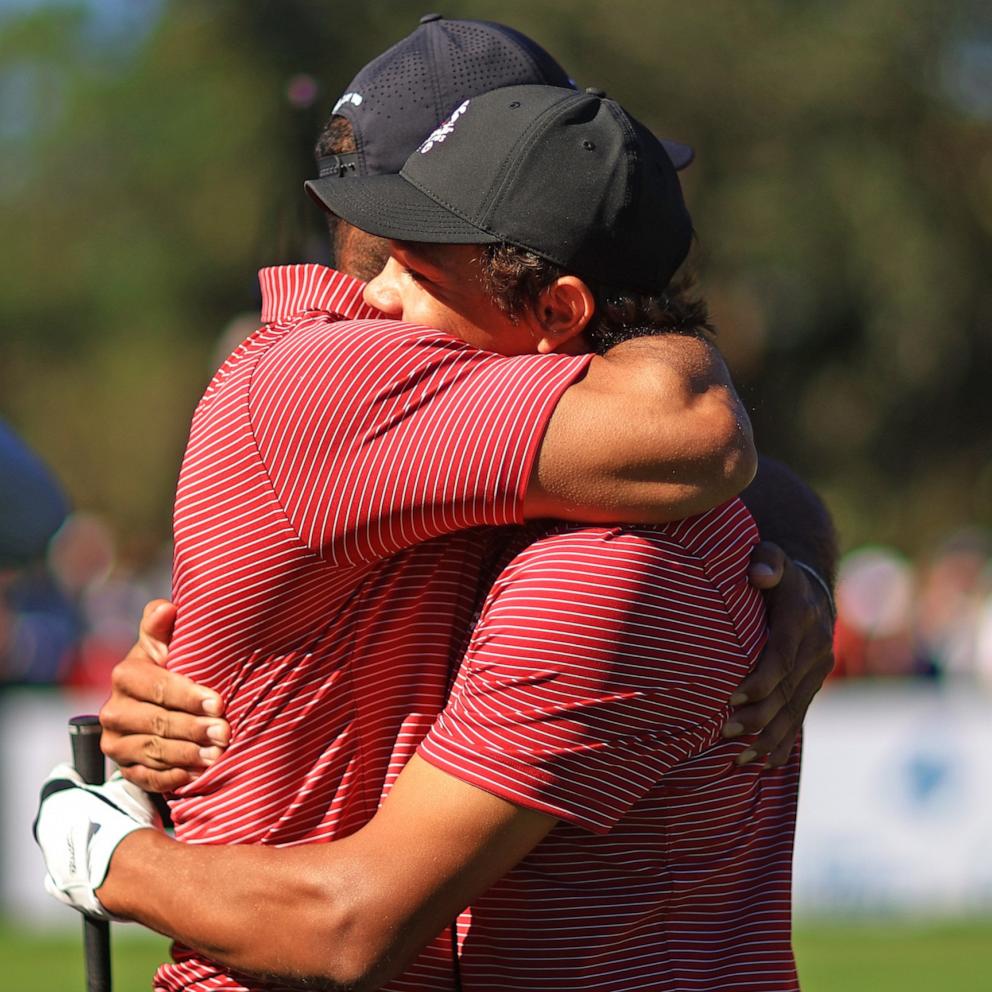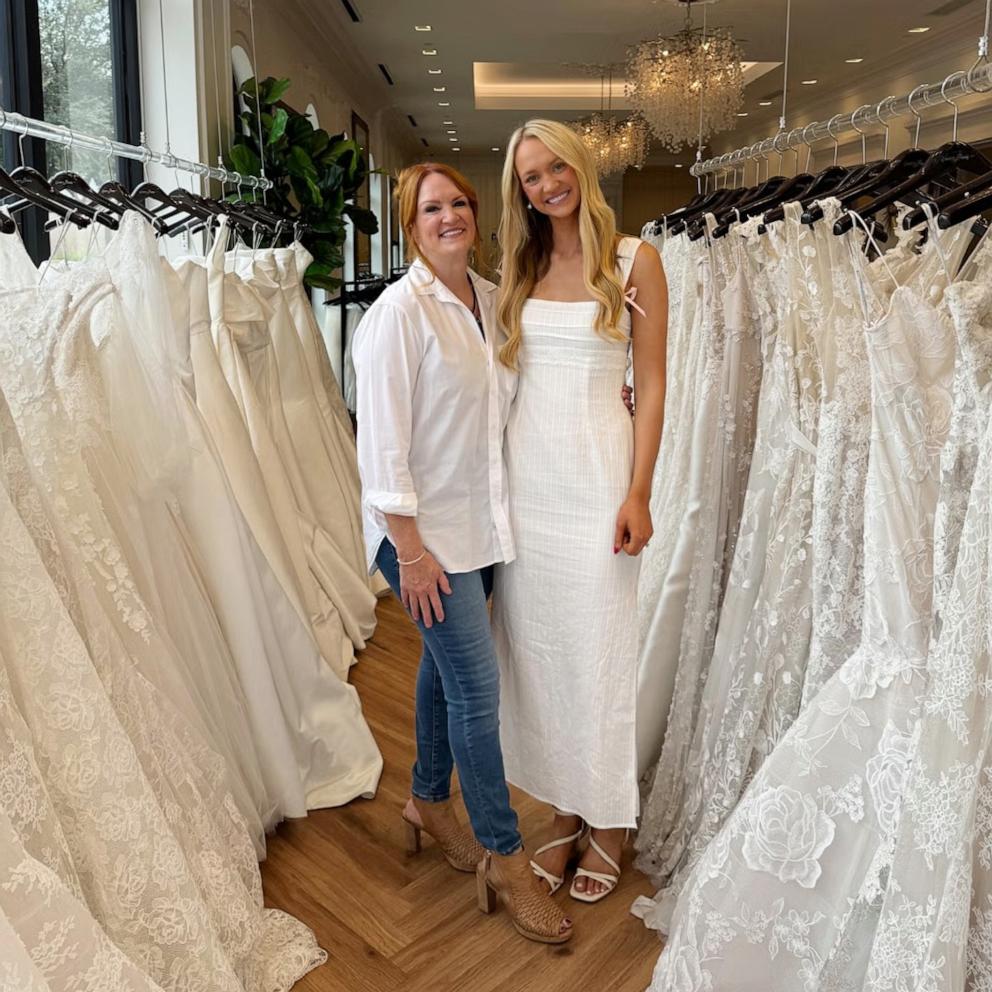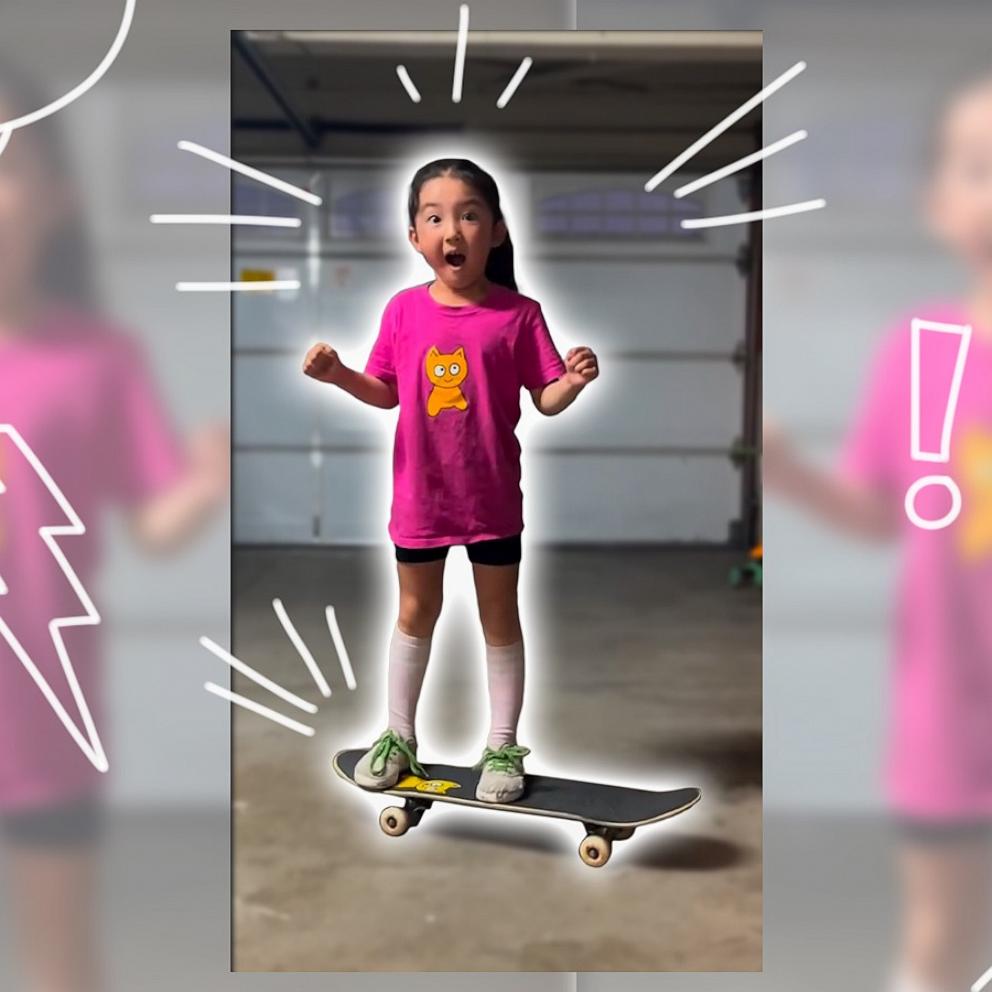Mom of boy born with cleft lip fights misconceptions: 'It's a life process'
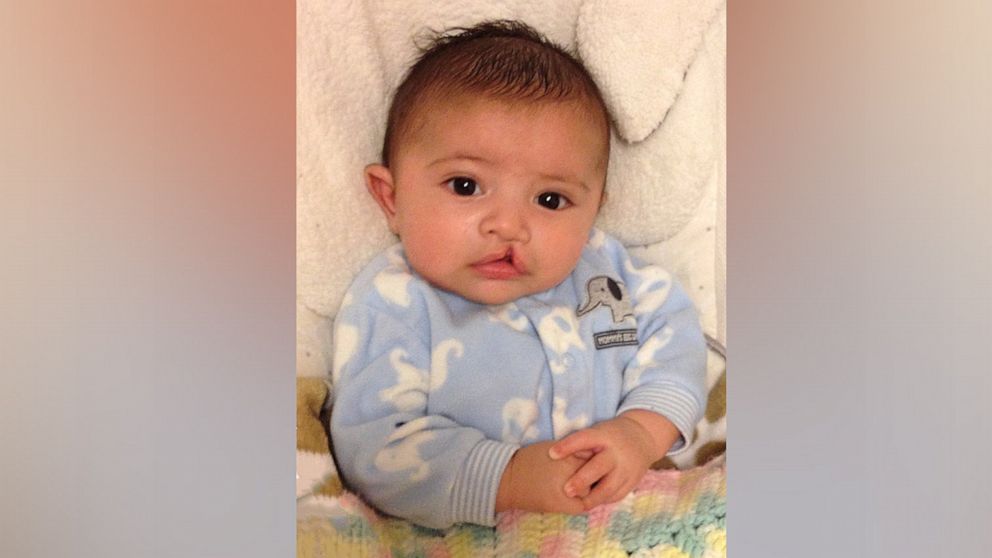
Over the last 20 years, cleft lip and palate awareness has grown, spurred in part by TV commercials from the nonprofit Smile Train, which bills itself as "the world's largest cleft charity," and social media, with #cleftlipandpalate drawing more than 87 million views on TikTok alone.
But misconceptions about the birth defects, which can affect the mouth, lip and even the nose, persist.
To address that problem, one Connecticut mom is speaking out and encouraging others to share their experiences this July, which marks National Cleft and Craniofacial Awareness and Prevention Month.
"People will just always say, 'Oh, it's only cosmetic,' but that's hardly the reality of it," Lauren Onishi of Guilford, Connecticut, told "Good Morning America."
"There's just so much that goes into it," she said. "[Children born with cleft lip and palate] go through a lot and the recovery is not easy."
Every year in the U.S., about 2,518 babies are born with a cleft lip and palate, 1,402 are born with a cleft lip, and 2,333 are born with a cleft palate, according to data from the Centers for Disease Control and Prevention.
Onishi's son, Adriano, now 9, was born with a cleft lip, and throughout his young life has undergone three surgeries, with another expected within the next couple of years.
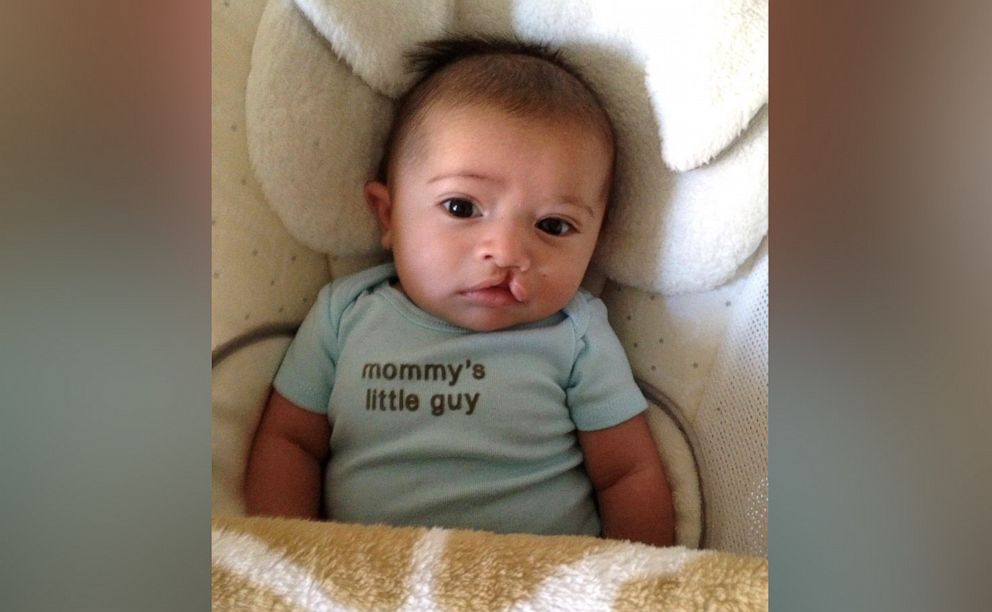
She said she found out her baby had a cleft when she was three months pregnant. "My son's issue was breathing and eating with half of the lip," she said.
Other issues that can impact children with clefts, aside from having trouble eating, include speech and hearing issues, infections, self-esteem issues, and complications from surgery, according to the CDC.
After Adriano was born, doctors recommended he be treated with surgery; he had his first one at 3 months old.
"It's not just a simple surgery and then you're done," Onishi said. "It's another surgery, then you wait, another surgery, then you wait and hope."
Adriano's first surgery was six hours long and during recovery, he developed thick scar tissue, which closed his right nostril, requiring him to undergo a second "redo" surgery, according to Onishi.
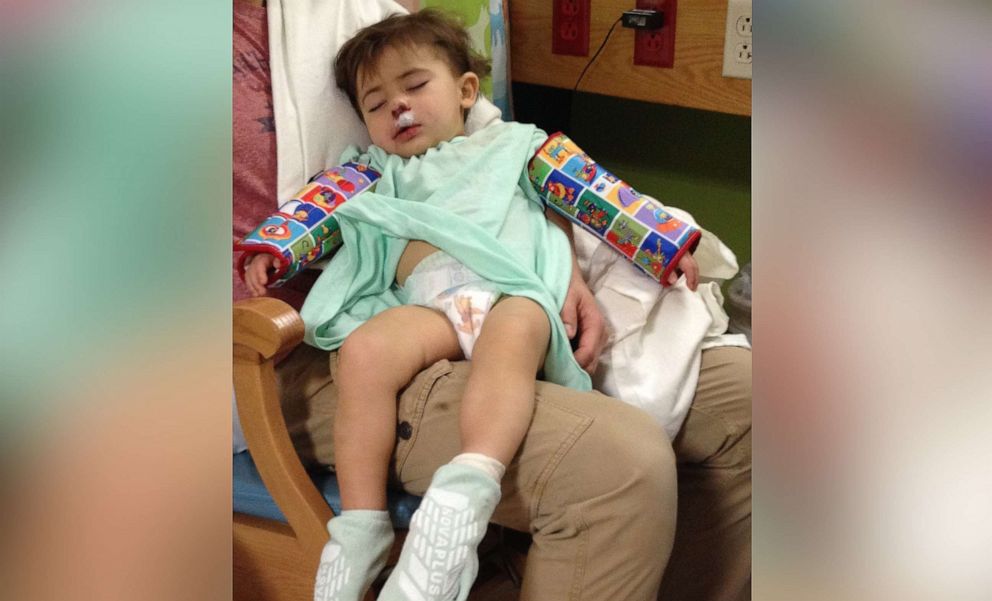
"It's not like these are just some easy in and out procedures. They're pretty big. Like one of the pictures you'll see, they're pretty much beaten up.... But thank God kids are so resilient. But it's a process. It's a life process for sure," she said.

From being bullied to feeling proud
Children with clefts or any facial difference may be bullied and face discrimination and stigma from both society at large but also from their families and friends, and even themselves.
"I remember someone doing a double take when I was walking around New York one day [with my] stroller, like looking in and then just giving me this weird look and I'll never forget that," Onishi said.
"People look at them as monsters. My kid even looked at himself as a monster which breaks my heart and he was only at that time, maybe 3 years old, 4 years old," she added.
With more people with clefts spreading awareness through social media and events like Smile Train's Cleft Con, there's more support for the cleft community than ever before -- and representation is only growing.
Onishi said Adriano was drawn in particular to R.J. Palacio's 2012 book "Wonder," about a boy named Auggie who was born with a severe facial difference, and today loves to share his own cleft story with others.
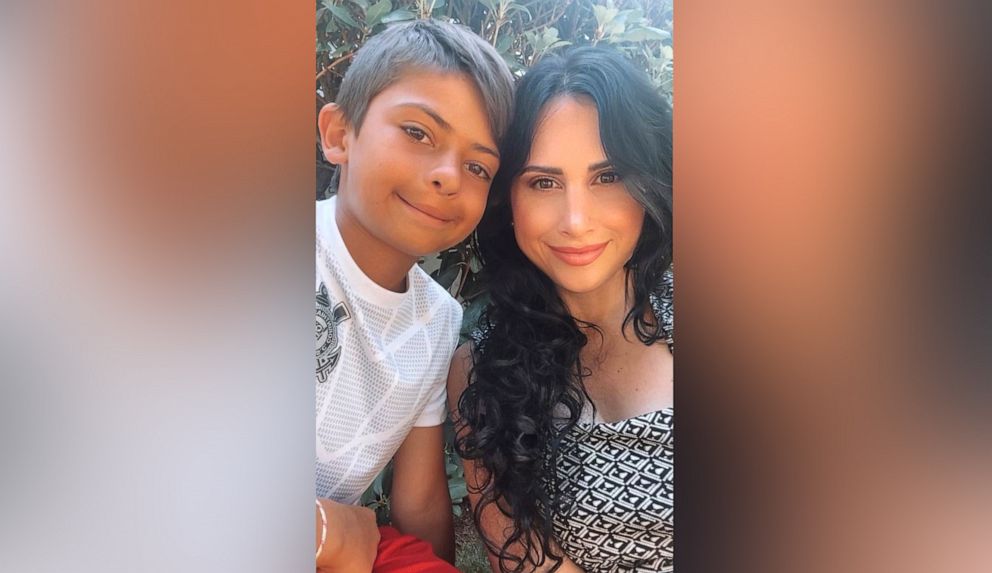
As for her own son, Onishi said, "After his last surgery, he became so proud of having a cleft. Even to this day, he loves to tell everyone all about it, show them the scars."
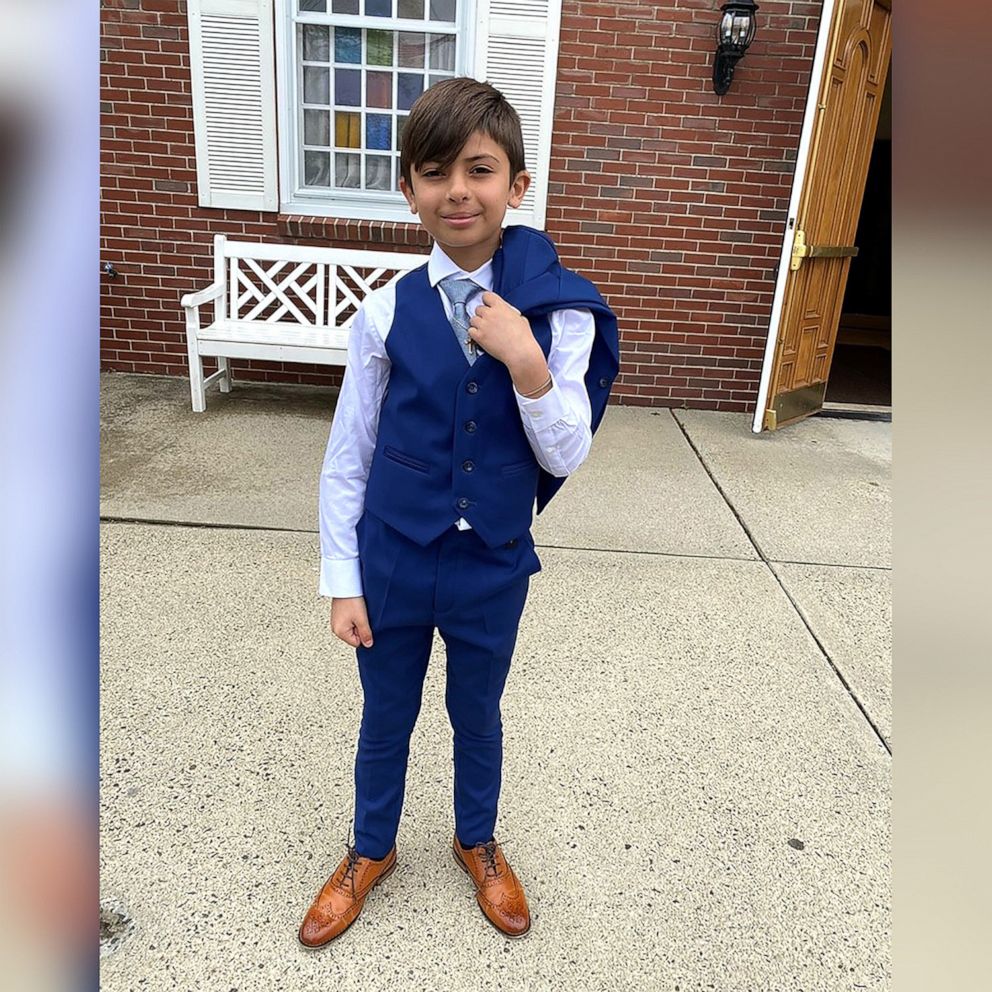
Onishi says more people should talk about the various challenges they go through, including their recoveries from surgical treatment, and their choices to go for more treatment in what's often a lifelong journey.
"[Adriano] doesn't want to see kids getting made fun of ... or bullied and honestly, I think it was a blessing in disguise because it really did shape him to be a good kid, 1,000%, and I think a lot of those kids are the same way as him," said Onishi.
"I think they deserve a lot of credit for being as tough as they are," she added. "Because the one thing I do notice [is] that every kid that I've met that has a cleft lip or palate, they have such a good attitude and they're just great kids. So there's something to it and it shapes them in some way."
